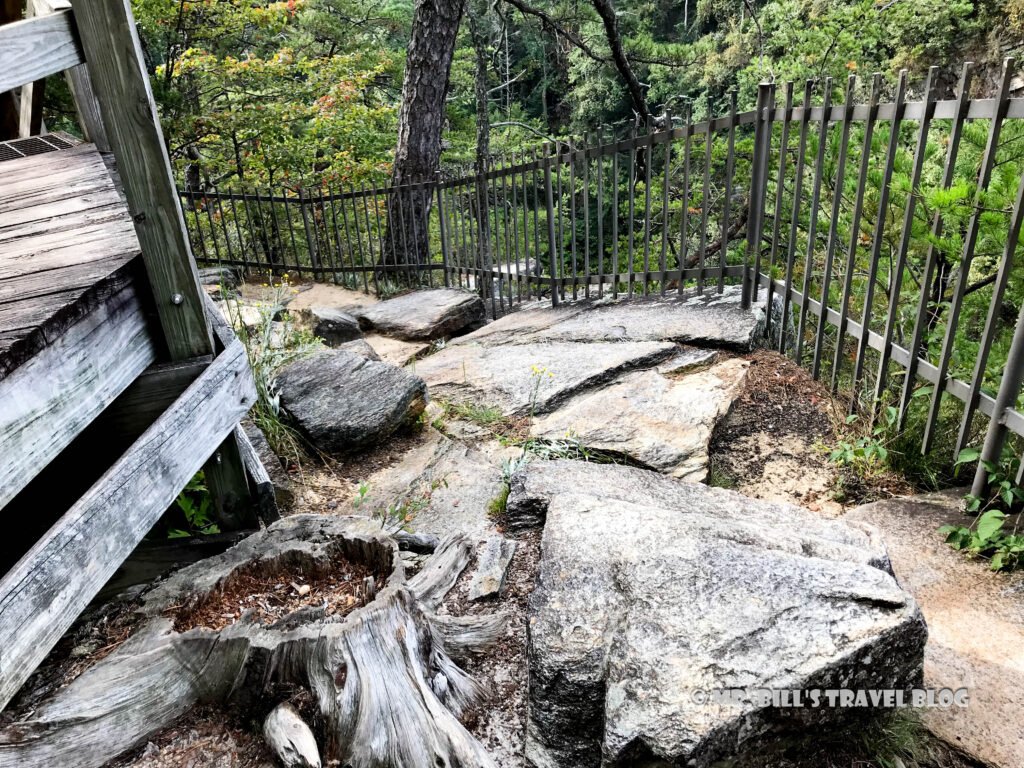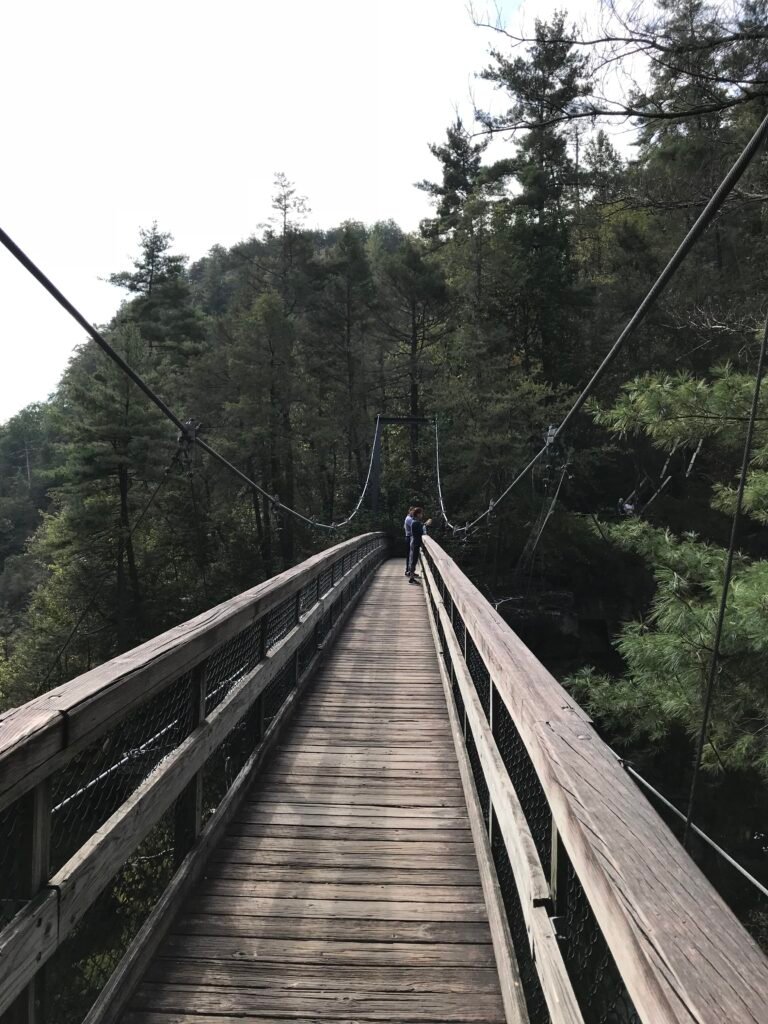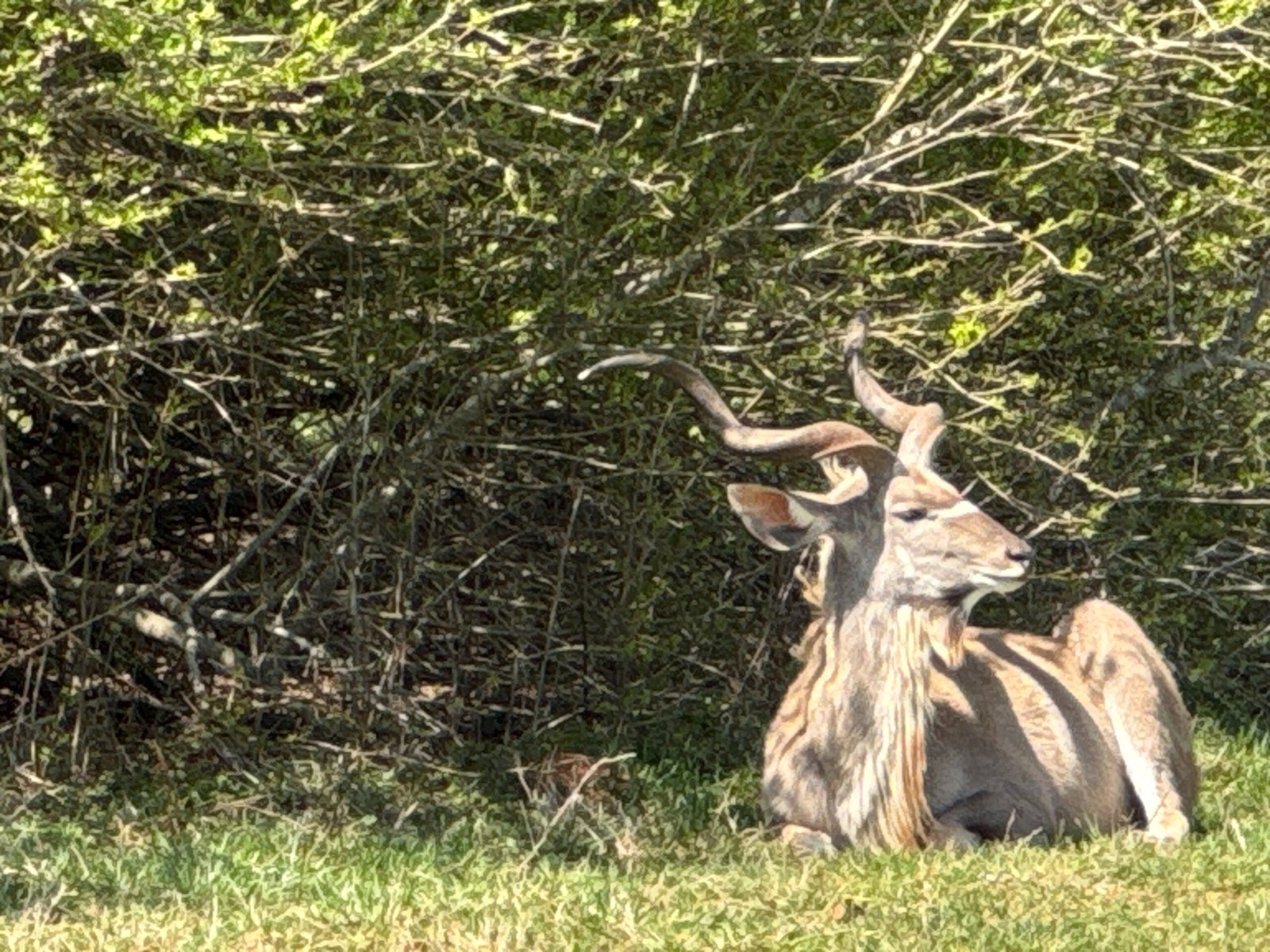
Discover the Wonders of Georgia Safari Conservation Park
Nestled in the picturesque town of Madison, Georgia, the Georgia Safari Conservation Park offers an unparalleled adventure for wildlife enthusiasts and nature lovers alike. This unique destination combines the thrill of guided safari drives, the excitement of up-close animal encounters, and the comfort of luxury overnight accommodations. Whether you’re planning a day trip or an extended stay, the park promises an unforgettable experience that brings the wonders of the wild right to your doorstep.
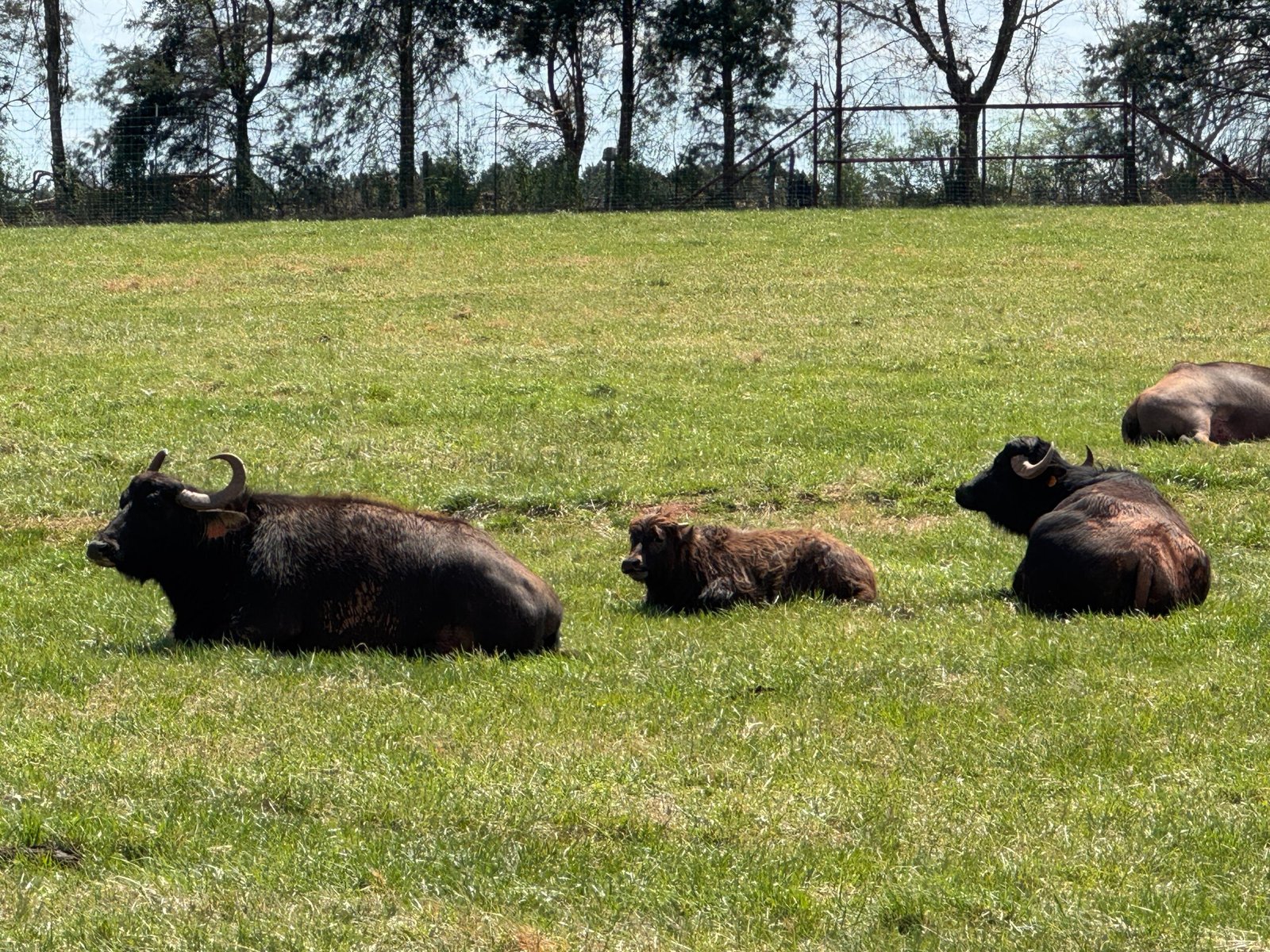
Guided Safari Drives
One of the highlights of the Georgia Safari Conservation Park is the guided safari drive. Imagine boarding a custom safari vehicle and embarking on an immersive journey through a 530-acre wildlife savanna. As you traverse the open plains and forests, you’ll encounter iconic African species such as antelopes, zebras, and giraffes. The knowledgeable guides provide fascinating insights into the behavior and habitats of these majestic creatures, making the experience both educational and awe-inspiring
1.
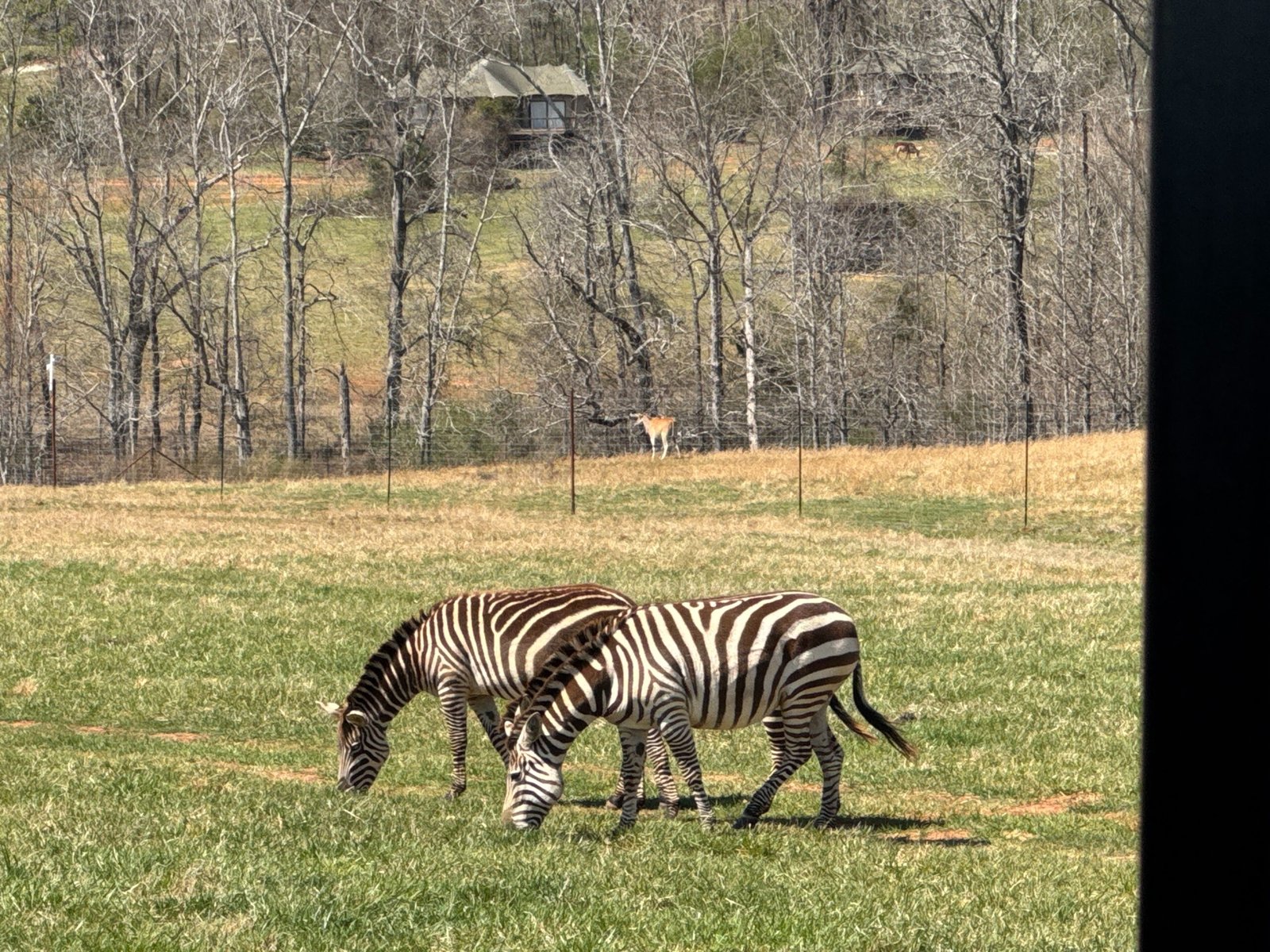
Up-Close Animal Encounters
For those who crave a more intimate experience with the park’s inhabitants, the up-close animal encounters are a must. These encounters offer the opportunity to get closer than ever to some of the park’s most extraordinary animals. Whether it’s feeding a giraffe, meeting a rhino, or interacting with ambassador animals, these experiences are designed to foster a deeper connection with wildlife and promote conservation awareness. The park’s dedicated keepers share their expertise and passion, ensuring that each encounter is both safe and memorable.
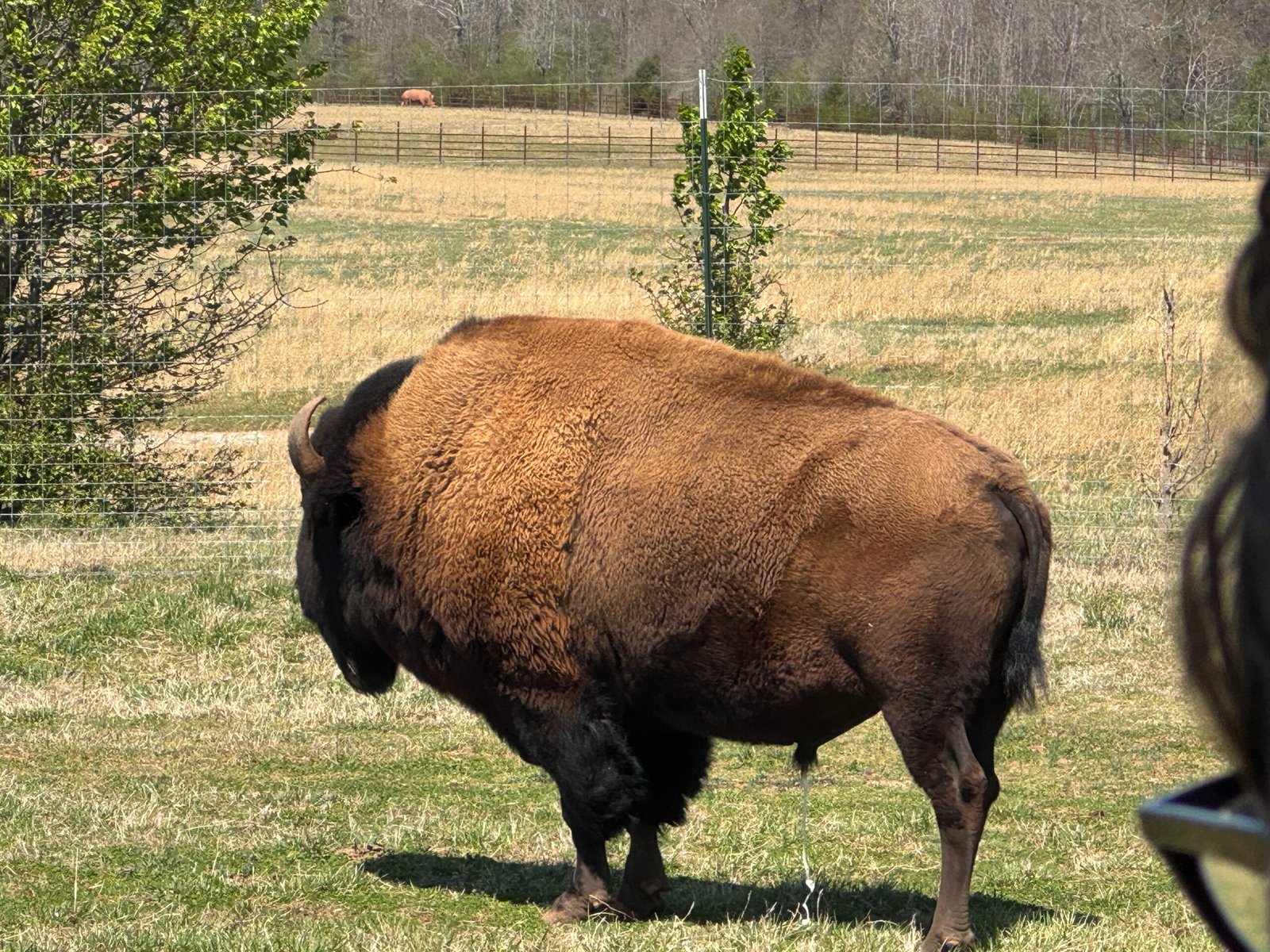
Animal Species and Their Behaviors
The Georgia Safari Conservation Park is home to a diverse array of animal species, each with its own unique characteristics and charm. Here are some of the fascinating animals you can expect to see, along with insights into their behaviors:
- Reticulated Giraffe: Known for their distinctive net-like pattern of spots, these giraffes are the tallest land animals, reaching heights of up to 18 feet. They are social creatures that live in herds and communicate through a variety of vocalizations and body language. Giraffes spend most of their day browsing on leaves from tall trees, using their long necks and prehensile tongues to reach foliage that other herbivores cannot2.
- Southern White Rhinoceros: These gentle giants are one of the largest land mammals, weighing up to 5,000 pounds. They are known for their broad, square lips which are adapted for grazing on grasses. Rhinos are generally solitary animals, but they can be seen in small groups, especially mothers with their calves. They have a keen sense of smell and hearing, which compensates for their relatively poor eyesight2.
- Grant’s Zebra: Easily recognizable by their black and white stripes, these zebras are social animals that live in herds. Their stripes are unique to each individual, much like human fingerprints. Zebras communicate through vocalizations, body postures, and facial expressions. They are constantly on the move, grazing on grasses and keeping an eye out for predators2.
- Common Eland: The largest of the antelope species, elands are known for their impressive size and spiral horns. They are also capable of jumping up to 8 feet in the air. Elands are social animals that form herds and are known for their calm and docile nature. They are primarily browsers, feeding on leaves, fruits, and flowers2.
- American Bison: The largest native species of land mammal in North America, bison play a crucial role in maintaining the health of grasslands through their grazing habits. Bison are social animals that live in herds and exhibit complex social structures. They communicate through vocalizations, body language, and scent marking2.
- Ankole-Watusi: These cattle are known for their enormous, crescent-shaped horns which can span up to 8 feet from tip to tip. They are often used in ceremonial roles in their native Africa. Ankole-Watusi are social animals that live in herds and are known for their gentle and docile nature. They graze on grasses and browse on shrubs and trees2.
- Common Ostrich: The world’s largest bird, ostriches are flightless but can run at speeds of up to 45 miles per hour. Their eggs are the largest of any living land animal. Ostriches are social animals that live in groups and exhibit complex behaviors, including elaborate courtship displays. They use their powerful legs for defense and can deliver strong kicks to deter predators2.
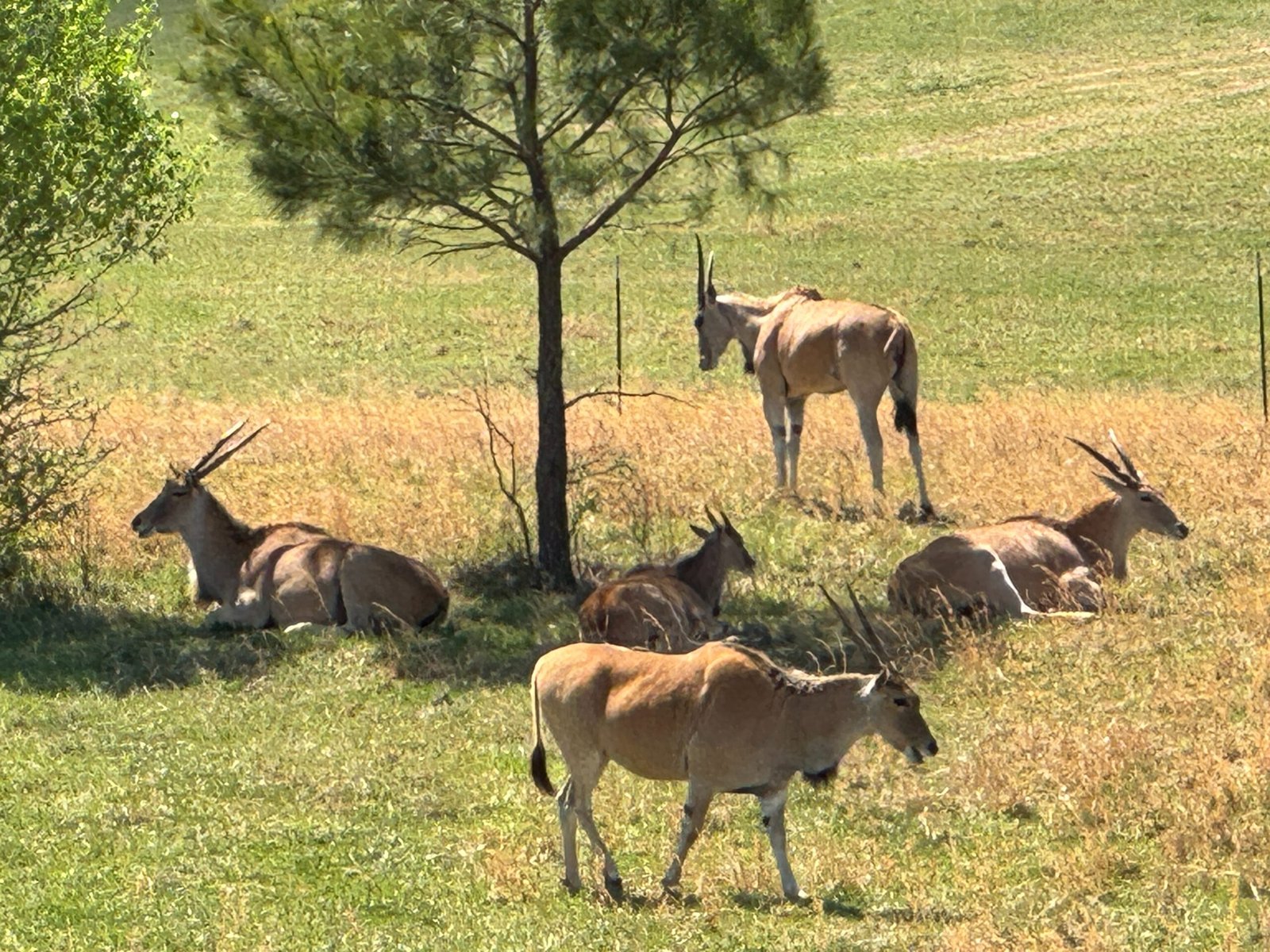
Interactive Animal Experiences
The Georgia Safari Conservation Park offers a variety of interactive experiences that allow visitors to engage with the animals in meaningful ways:
- Giraffe Feeding: Get up close and personal with the park’s tallest residents during the giraffe feeding sessions. Visitors can hand-feed these gentle giants and learn about their dietary habits and social structures from the knowledgeable keepers1.
- Rhino Encounter: Meet the park’s southern white rhinos and discover what makes these magnificent creatures so special. During the encounter, you’ll have the chance to touch and feed the rhinos while learning about their conservation status and the efforts being made to protect them1.
- Ambassador Animal Interactions: The park’s ambassador animals, which may include smaller mammals, reptiles, and birds, are available for interactive sessions. These encounters provide a hands-on opportunity to learn about the animals’ unique adaptations and behaviors1.
- Behind-the-Scenes Tours: For a more in-depth experience, join a behind-the-scenes tour to see how the park operates and cares for its animals. These tours offer a glimpse into the daily routines of the keepers and the specialized care provided to the animals1.
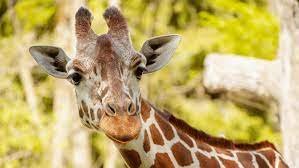
Conservation Efforts
The Georgia Safari Conservation Park is deeply committed to wildlife conservation and sustainability. Here are some of the key initiatives and efforts undertaken by the park:
- Partnerships with Conservation Organizations: The park collaborates with local, regional, and international conservation organizations to protect endangered species, support critical research, and promote conservation education. These partnerships help extend the park’s impact beyond its borders2.
- Support for The Georgia Zoological Society: As a sustaining partner of The Georgia Zoological Society, the park contributes to the society’s mission of saving wildlife and their natural habitats through conservation, education, and meaningful animal engagements. The park provides financial and in-kind donations, administrative support, and access to its education programming2.
- Animal Enrichment Programs: The park is dedicated to enhancing the well-being of its animals through enrichment programs. These programs include providing puzzle feeders, interactive toys, and other activities that stimulate the animals’ minds and encourage natural behaviors2.
- Community Engagement: The park actively supports youth programs, senior communities, and other local initiatives to foster a greater appreciation for wildlife and conservation. By engaging with the community, the park aims to inspire the next generation of conservation leaders2.
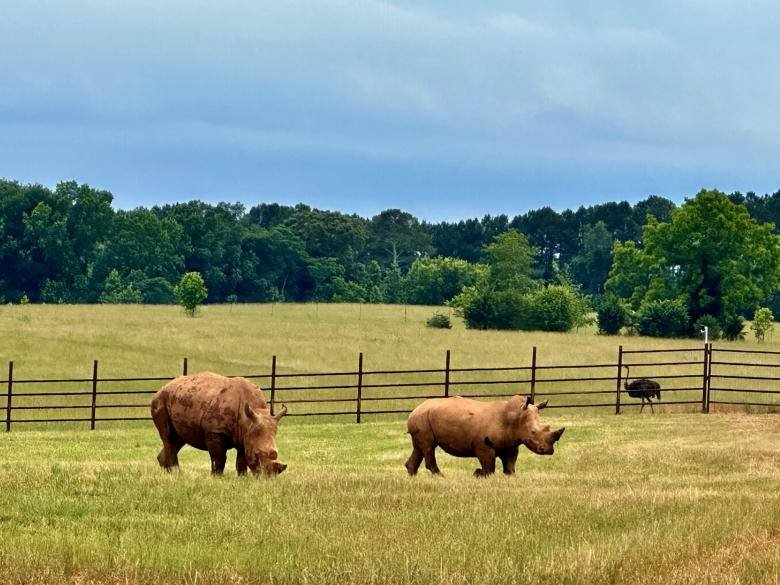
Planned Expansion in Phases
The Georgia Safari Conservation Park has ambitious plans for expansion, which will be rolled out in multiple phases over the coming years. Here’s a glimpse into what visitors can expect:
- Phase 1: The initial phase focuses on enhancing the visitor experience with the construction of a temporary entrance and public tour origination point. This includes a 2,000-square-foot building, a 600-square-foot concrete pad, a 200-square-foot landscaped area, and a 7,200-square-foot gravel parking area with 40 parking spaces2.
- Phase 2: This phase will introduce new animal habitats and interactive exhibits. The expansion will include additional enclosures for species such as big cats, primates, and birds of prey. These new habitats will be designed to mimic the animals’ natural environments, providing them with ample space to roam and explore2.
- Phase 3: The third phase will focus on developing educational and research facilities. This includes the construction of a conservation education center, where visitors can learn about wildlife conservation efforts and participate in hands-on activities. The center will also serve as a hub for research initiatives aimed at protecting endangered species2.
- Phase 4: The final phase will see the addition of luxury accommodations and recreational facilities. This includes the expansion of the existing safari tents and the introduction of new lodging options such as eco-friendly cabins and treehouses. The park will also develop recreational areas, including walking trails, picnic spots, and observation decks2.

Luxury Overnight Accommodations
Extend your adventure with a stay in one of the park’s luxurious accommodations. Choose between the private suite inside the state-of-the-art giraffe and rhino barn or the fully furnished safari tents that offer a blend of African charm and modern comforts. Each accommodation provides stunning views of the animals and the surrounding savanna, creating a serene and immersive environment. Wake up to the sight of giraffes grazing just outside your window or relax on your private deck as the sun sets over the park.
The safari tents are particularly popular for their spacious interiors and elegant design. With two bedrooms, a kitchenette, and a private deck, they offer all the amenities needed for a comfortable stay. The honeymoon hideaway, a private tent designed for couples, adds a touch of romance and exclusivity to the experience.

Plan Your Visit
Whether you’re visiting for the day or planning an extended stay, the Georgia Safari Conservation Park offers a variety of activities and accommodations to suit your needs. From guided tours and animal encounters to luxurious lodging, every aspect of the park is designed to provide an unforgettable adventure. For more information and to book your stay, visit the Georgia Safari Conservation Park website.









